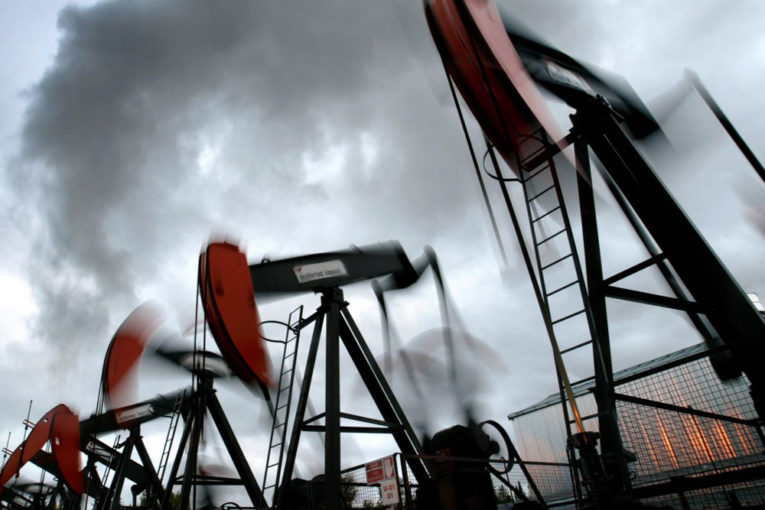
CALGARY – Drilling activity in Western Canada is poised to remain flat over the next year as drillers believe oil and gas sentiment is nearing an “all-time low” in the face of fresh forecasts that predict weak Canadian industry growth over the longer term.
The Canadian Association of Oilwell Drilling Contractors’ annual activity forecast released Wednesday predicted there will be 13,731 direct and indirect jobs losses in the oilfield during 2020. The association has said its member companies have already moved 29 drilling rigs to the United States “in order to find work and generate cash flow” and those rigs include the larger, higher-technology rigs used to drill deep, horizontal wells in new formations in Western Canada.
“It has been another extremely difficult year for our members,” CAODC president Mark Sholz said in a release accompanying the forecast. “If we do not create an environment where the oil and gas industry can compete internationally, we won’t have an industry left in this country.”
The association is forecasting that 4,905 wells will be drilled next year, which is nine more than last year, but is statistically flat over current activity levels.
The bleak outlook comes on the heels of yet another forecast for anemic growth in the Canadian oil and gas industry.
The International Energy Agency, a division of the Organisation for Economic Co-operation and Development (OECD), published its World Energy Outlook on Wednesday and predicted that Canadian oil production would grow just 0.5 per cent — or 600,000 barrels per day — over the next 20 years to six million bpd.
The IEA’s forecast is a sharp reversal from its previous forecasts, which had predicted more supply growth from Canada, the U.S. and Brazil.
U.S. oil supplies are projected to grow by 1.1 per cent, or four million bpd, to 19.8 million bpd by 2040.
The IEA outlook also forecast that global demand for oil under two different scenarios would peak around 2030, which is earlier than the organization had predicted previously.
Sometimes the IEA’s oil demand figures are lower than the U.S.’ or even OPEC’s outlook
Dinara Millington, Canadian Energy Research Institute vice-president of research
“Sometimes the IEA’s oil demand figures are lower than the U.S. (Energy Information Administration) or even OPEC’s outlook,” Dinara Millington, Canadian Energy Research Institute vice-president of research, said, noting there are a range of forecasts for oil demand over time.
Under the most optimistic outlook scenario contained in the IEA report, Canadian oil supplies will continue to grow over time and would not peak until after 2040.
The IEA’s outlook and the CAODC’s drilling forecast highlight the anxiety felt by the Canadian oil and gas sector, given that competing jurisdictions are poised to profit from the continued demand for oil and gas while Canadian companies are left to be marginal suppliers of new production.
As a result, CAODC’s Sholz called upon the federal government to repeal its tanker ban on oil shipments on the West Coast, accept Alberta’s new climate plan and guarantee the completion of the Trans Mountain pipeline expansion to British Columbia.
“It’s time for the federal government to recognize what the rest of the world already knows: the Canadian oil and gas industry is a supplier of choice, good for the environment and the economy, and should be given every opportunity to compete internationally,” Sholz said.
• Email:
You can read more of the news on source
